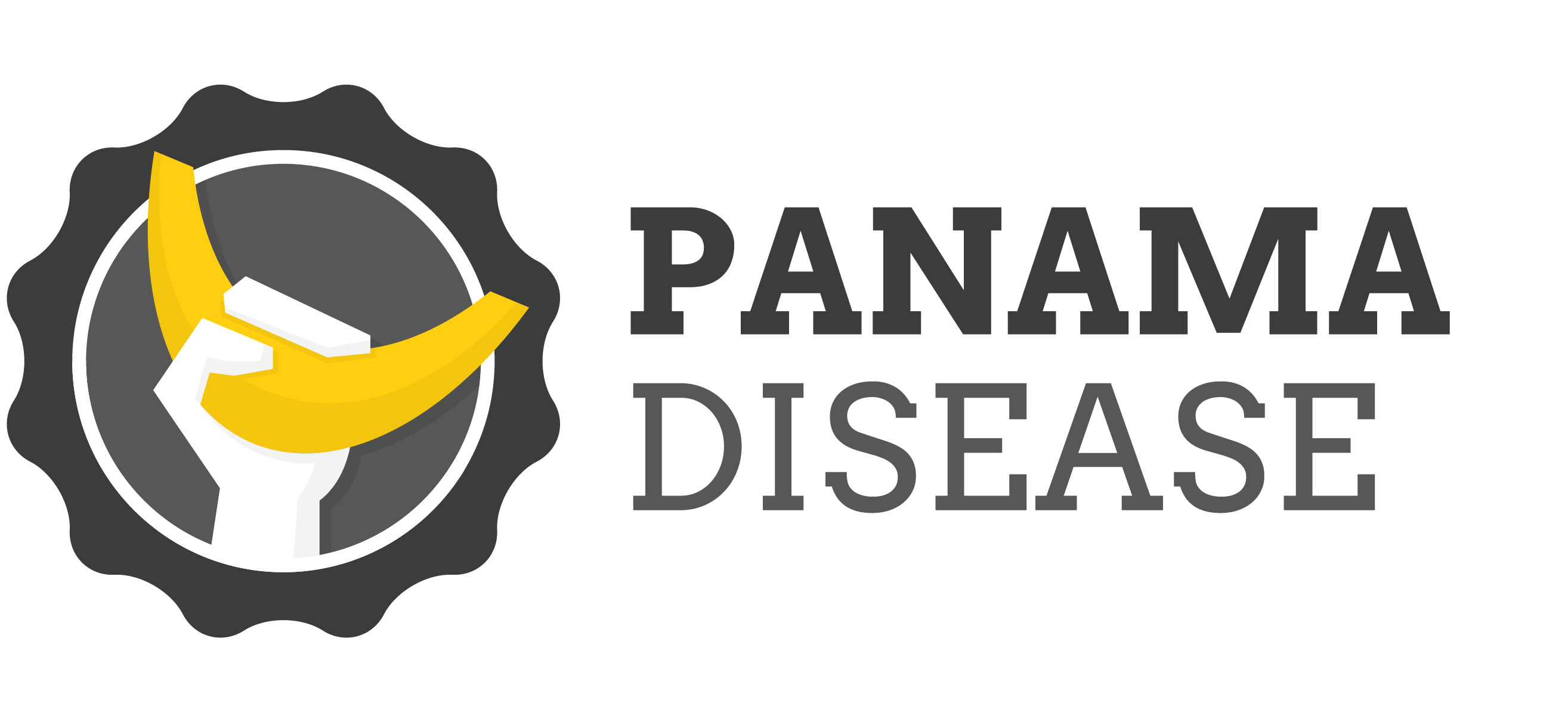Ago 31, 2015 | Expedición |
Finding wild banana accessions infected with Fusarium oxysporum f.sp. cubense (Foc) causing Fusarium wilt of Panama disease in the tropical rain forest. That’s the goal of the second expedition PhD student Nani Maryani Martawi is conducting now in the Eastern Indonesian islands Papua, Sulawesi and Flores.
Maryani: After my first expedition last summer in Borneo and Java, I am now again in Indonesia for a second expedition on the Eastern part of my home country. During this expedition, I collect together with other experts banana corms and leaves from banana plants infected with Panama disease, that stand in the outer circle of the rain forest. We will take soil samples as well.
DNA analysis
When I am back at Wageningen University, I will analyse the samples in order to extend our understanding of the genome diversity of Fusarium in banana. We expect a huge diversity since the host and pathogen originate both from this region. With this information we will better understand the current Fusarium epidemic that is largely driven by TR4 strains. Moreover, it is extremely useful to have a clear picture of the overall Foc diversity and its pathogenic potential.
Genome-wide diversity of Banana and Panama disease
Maryani started almost two years ago with her PhD that is part of the Scientific Program between Indonesia and The Netherlands (SPIN), funded by the Royal Netherlands Academy of Arts and Sciences (KNAW).
Feel free to contact Nani about her PhD project.
On the picture: Maryani and others joining the expedition holding a banana pseudostem infected with Panama disease.
Volver a la página de noticias
Ago 31, 2015 | Reunión
Fernando García , estudiante de doctorado de la universidad y centro de investigación de Wageningen , visitó la ciudad de Santa Marta en Colombia como representante del equipo de investigación en banano en esta universidad. Fernando fue invitado por AUGURA, la asociación de bananeros de Colombia, para participar de la conferencia ofrecida los días 12 al 14 de Agosto en dicha ciudad y así discutir los avances de la investigación llevada a cabo en Holanda y en otros países con un enfoque especial hacia la investigación en el tema relacionado al Mal de Panamá.
La reunión estuvo enmarcada dentro de la “V reunión técnica banenera de Colombia”. En esta reunión varias entidades nacionales e internacionales estuvieron presentes dando a conocer los últimos datos y avances en cuanto a la situación del sector bananero en Colombia, incluyendo la situación actual con la amenaza de la Raza 4 Tropical de Fusarium oxysporum f. sp. cubense (RT4).
Los recientes brotes de RT4 ( Mozambique, Pakistán, Líbano y Australia), las frecuente visita de productores bananeros y de servicio de proveedores a esta región así como también la constante interacción entre la comunidad bananera en regiones productoras que están siendo afectadas actualmente por RT4 han incentivado a AUGURA a incluir el tema de la enfermedad del Mal de Panamá como punto clave en esta reunión técnica y académica, permitiendo de esta manera abordar la situación actual en Colombia y fomentar así la discusión y un estado de alerta.
Durante los últimos años el equipo de investigación en banano, bajo la dirección de Gert Kema, han establecido fuertes lazos con AUGURA, La Corporación para investigaciones Biológicas (CIB) y la universidad Nacional sede Medellín (UNNAL-Med), estas instituciones hacen parte del proyecto INREF y estuvieron presentes en una reunión privada en la cual se presentaron todos los datos referentes al tema de diagnostico, las cuales están siendo llevadas a cabo en la Universidad Wageningen. A esta reunión también asistieron representantes del Instituto Colombiano Agropecuario (ICA) y Solidaridad.
Si tiene alguna pregunta, por favor, póngase en contacto con García.
Volver a la página de noticias
Ago 17, 2015 | Reunión |
At the beginning of August, Gert Kema was invited to kick-off a special session titled “Banana Production at the Crossroad: Impact of Fusarium oxysporum f.sp. cubense TR4” at the annual meeting of the American Phytopathological Society. He spoke about detection, identification, and the epidemiology of Fusarium oxysporum f.sp. cubense, tropical race 4. Other speakers included Dr. Gus Molina, Bioversity International and Prof. Randy Ploetz, University of Florida. The same day, Nadia Ordonez, PhD candidate at Wageningen University, gave a presentation about the development of a molecular diagnostic for Panama disease.
Want to know more about their presentations? Feel free to contact Kema or Ordonez.
Ago 17, 2015 | Publicaciones |
Maricar Salacinas, PhD student at Wageningen UR, works since two years on the understanding of the dissemination of Panama disease (or TR4) and the efficacy of current methodologies that are used to prevent further spreading of TR4 in the Philippines.
Salacinas: “In the last two years, my work concentrated on the analyses of numerous soil samples addressing the epidemiology of TR4 in Mindanao (Philippines). I collected soil samples from Lakatan banana fields (local banana cultivar), and from various locations in the lowlands and highlands after a range of management practices including isolation and rice-hull burning. Last months, I was at Wageningen UR to analyse the soil samples. Now I am back in the Philippines to further study the efficacy of sanitation, disinfection, and the potential of soil disinfestation. Furthermore to determine the viability of fungi spores at different soil depths.”
Later Salacinas will work in Wageningen on the validation of resistance to TR4 in a selected group of banana varieties. This will be conducted in close collaboration with Fernando Garcia, another PhD student in the INREF program.
Want to know more about the research activities of Salacinas? You can contact her via email.
On the photo: A with Panama disease infected area on a banana farm in Mindanao, Philippines.
Volver a la página de noticias

Comentarios recientes